A Japanese Omamori To Bring Luck Into Your Life
The Japanese are known for believing in many different symbols for good luck. Many of these items that contain luck or good fortune can be found all throughout Japan, even in souvenir shops.
The next time you explore Japan, you can bring a little bit of luck home with you by seeking out an omamori; a lucky Japanese charm.
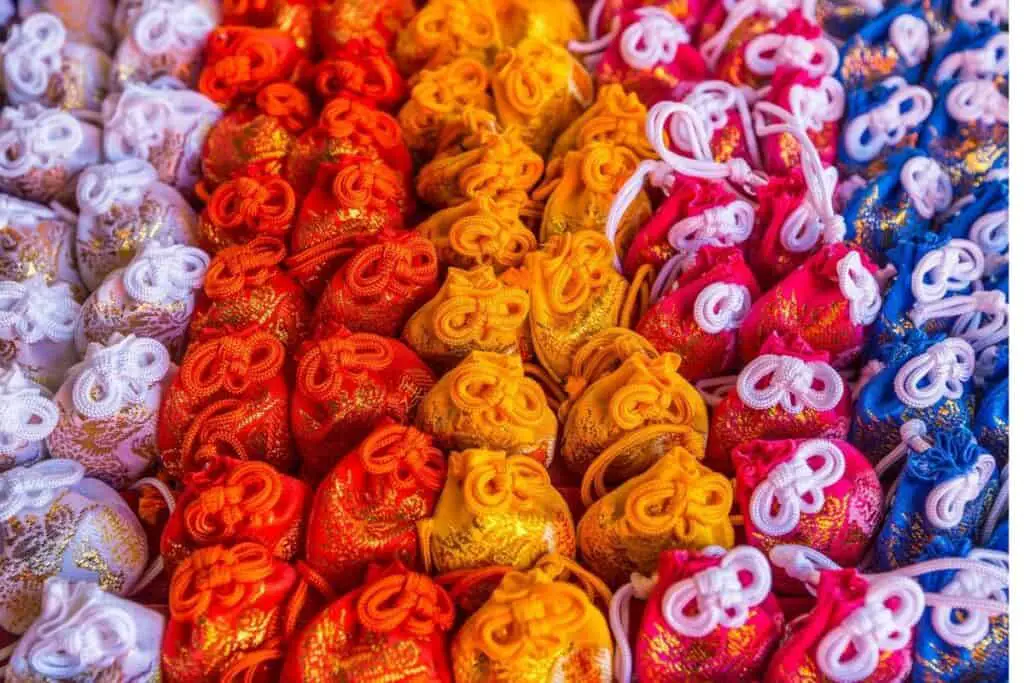
What Is An Omamori?
An omamori is a type of amulet or necklace that is sealed in a cloth or silk bag. Some of these bags are simple, but most are decorated with an intricate, brocade design. Inside the bag, there is often some type of prayer or intention sealed within the bag.
This prayer might be written on a piece of paper or inscribed in the amulet. The amulet could be made out of a variety of materials as well.
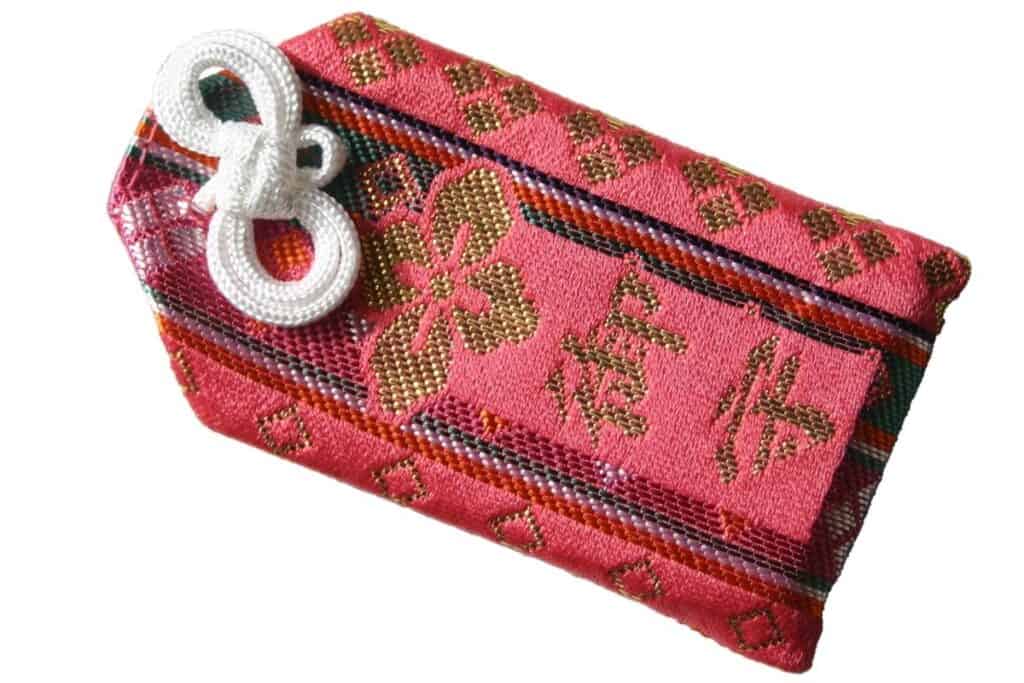
What Is An Omamori Usually Made Of?
Most traditional omamori were made using paper or wood. Some are still made with these materials.
The omamori has been modernized and has been commercially manufactured to contain different popular characters and brands, like Mickey Mouse and Hello Kitty.
These omamori that are usually sold at shops do not necessarily contain written blessings inside of them.
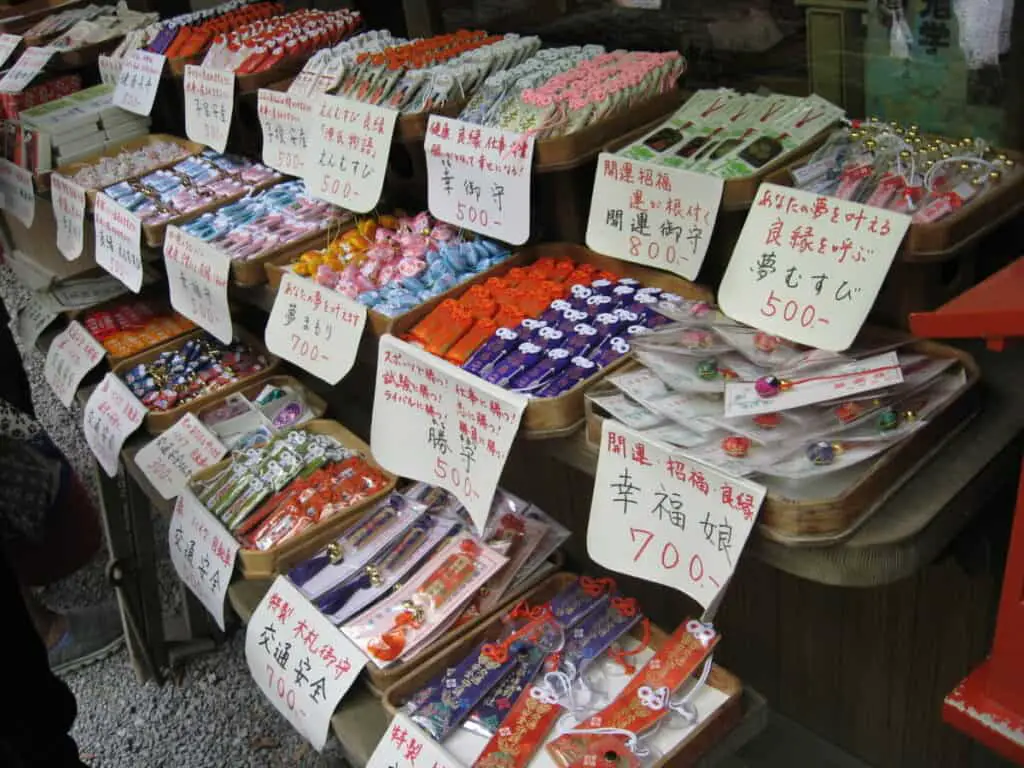
What Is The History Behind The Omamori?
An omamori is a sacred practice that was inspired by a Buddhist tradition of selling amulets.
When an omamori is put together, there is a ritual performed in order to seal the omamori with luck and good spirits. In the Shinto faith, the spirits are known as busshin, and in the Buddhist faith, the spirits are known as kesshin.
Where Can You Usually Find Omamori?
An omamori is usually prepared at a temple or shrine. They are significant in both Shinto and Buddhist religions, so you can seek out an omamori at a temple or shrine pertinent to either religion.
When you purchase an omamori, the money goes to the temple or shrine. They can be kept with you at all times, or you can give them as a gift.
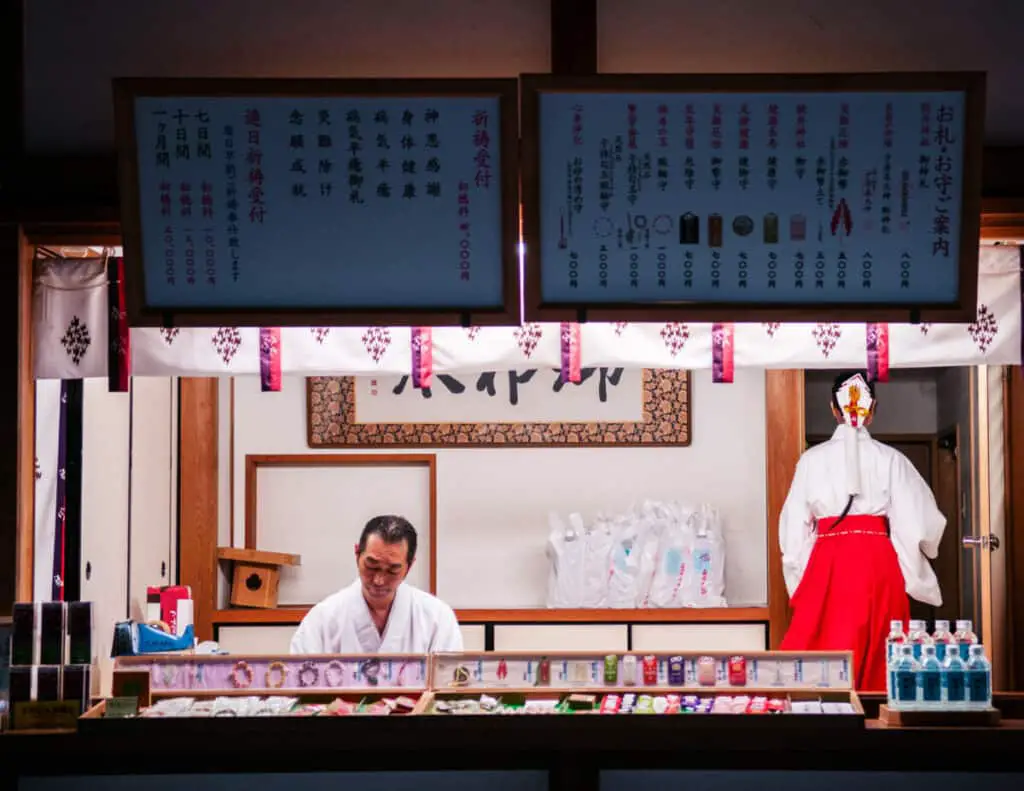
What Are The Different Types Of Omamori?
An omamori can contain a blessing for good luck, but they might also be blessed with more specific intentions.
Being that omamori are so sacred, they are used for a variety of purposes. Thus, there are numerous different types of omamori.
Yaku-Yoke
The yaku-yoke is an omamori that can help keep evil temptations away from the person who carries it. This might include evil spirits, or feelings and emotions associated with evil intentions.
Kanai-Anzen
This type of omamori is said to help bring blessings to the family within a household. These blessings might consist of peace within the home, as well as wealth and good fortune.
Kotsu-Anzen
The kotsu-anzen omamori is important for those who are traveling to keep on them, in order to keep them protected from any harm on the journey. It is also a good omamori to keep in a car to offer protection while driving.
Kenko
A kenko omamori is one that is said to help bring good health to the person who carries it.
Gakugyo-Joju
The gakugyo-joju omamori is a very popular one that is often given throughout Japan. This omamori is given to students who are preparing for an important test or exam.
Anzan
An anzan omamori is gifted to a person who is expecting a child. This omamori is said to give protection at all stages of pregnancy, as well as during labor.
Kaiun
The kaiun omamori is a good luck charm that offers a blessing of good fortune for the future. This is the most common type of omamori that can be found.
Katsumori
This omamori is meant to bring success to the person that carries it. It can also be helpful to someone who may be trying to win a competition of sorts.
En-Musubi
This type of omamori is given to a person who is seeking out a mate or a romantic partner. It might also be a gift for a couple in order to ensure their love is everlasting.
Shobai-Hanjo
The shobai-hanjo omamori is said to bring luck and good fortune to business dealings. It is also meant to bring luck to those who are looking to improve their financial situations or see their business flourish.
How To Carry An Omamori
An omamori has its blessing or prayer sealed within the bag. The amulet inside is not meant to be worn or hung somewhere.
You are actually not supposed to open the omamori bag at all. This is said to release the blessing that has been sealed within it, and it will no longer offer protection or blessings.
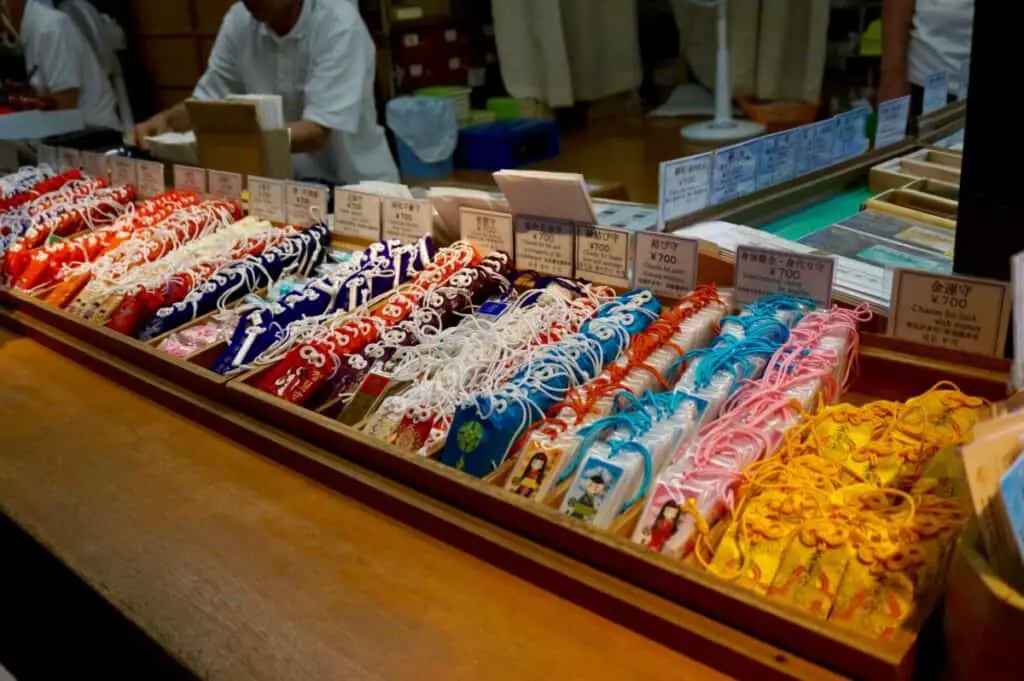
You can attach the omamori to something that you often keep with you, such as your purse or your keys. You can also carry it in your pocket or inside your purse.
You might also want to keep an omamori around your home, in your pillowcase, or somewhere safe depending on what specific type of omamori you have.
How To Handle An Omamori
If you purchase a blessed omamori from a temple or shrine, you should either keep it for yourself or gift it.
It is frowned upon to purchase a lot of them and re-sell them somewhere else.
This is said to erase the blessing that the omamori once contained. Furthermore, it can bring bad luck to the person who sells it and the person who buys it.
Do Omamori Only Bring Luck To Those Of Shinto Or Buddhist Faiths?
An omamori, while blessed in religious rituals, are not only supposed to protect those who practice these faiths. They are meant to protect and bless those who carry them, and handle them properly.
It is also said by some priests that, when you are in the presence of omamori for sale, you might actually be drawn to a specific one based on what you might need in your life.
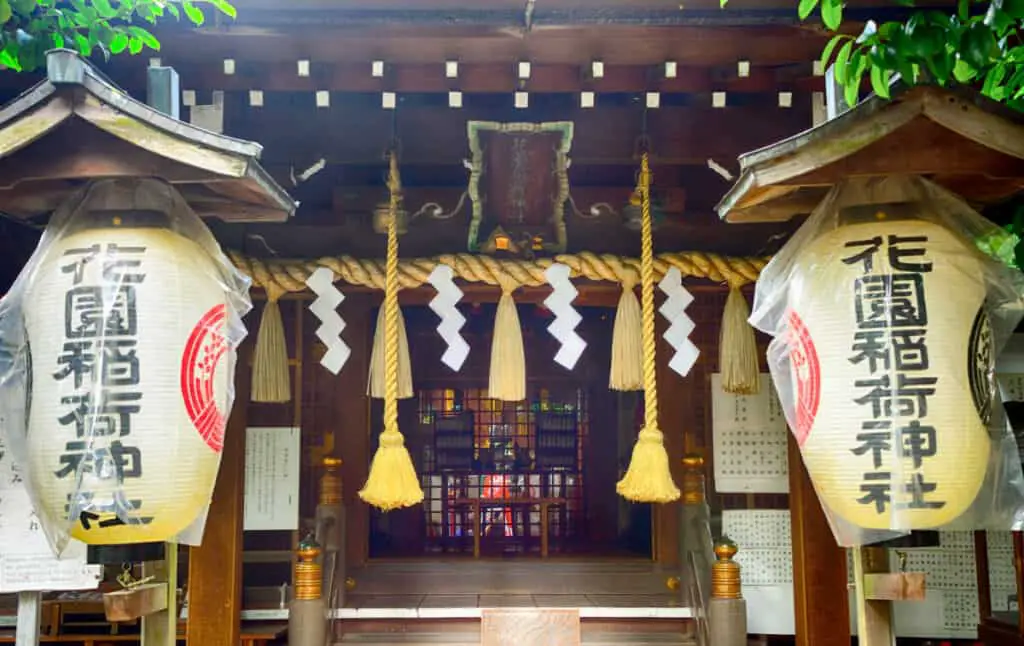
Each temple or shrine might offer different types of omamori. This might be based on the specific deities that reside on the grounds or within the temple.
Other Rules Of Omamori
There isn’t any sort of limit in place for how many omamori you can carry or have throughout your home. If there are different areas in your life that you are hoping to bring blessings to, it is okay to have multiple omamori.
For example, you might keep a gakugyo-joju in your backpack for school, and a kotsu-anzen in your car.
However, it is said that mixing a Shinto omamori with a Buddhist omamori is not to be done. This is because one omamori from one faith’s shrine or temple can mute the other omamori’s power.
It is recommended to ask the person selling the omamori at a shrine or temple if there are any interactions with other omamori or religious symbols.
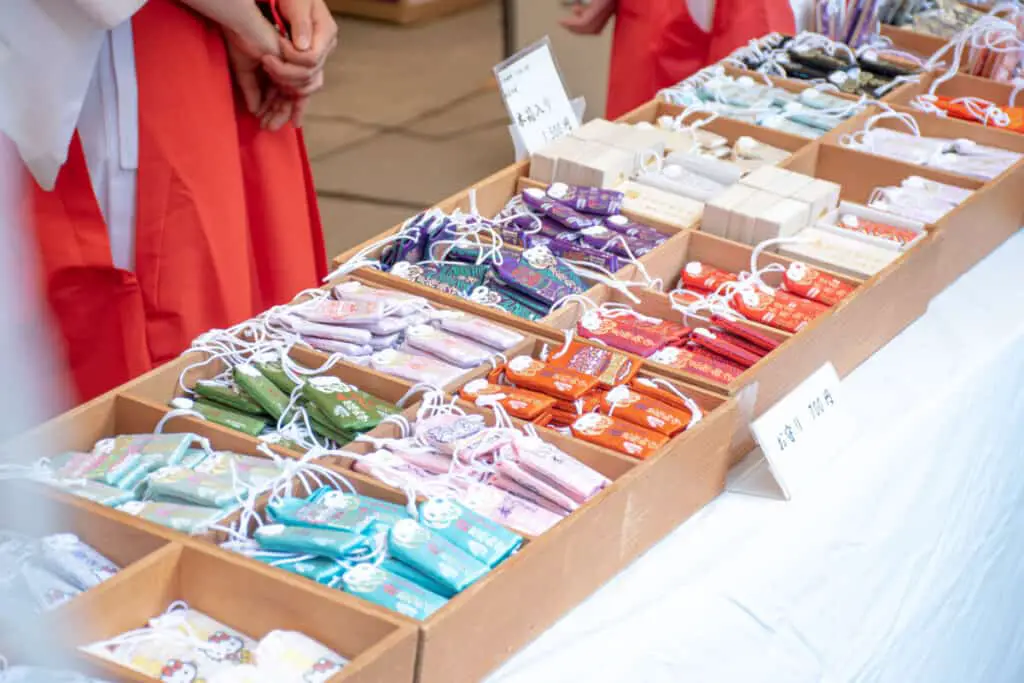
You also do not have to be concerned if a part of the omamori breaks, such as the string that keeps the bag closed or it gets dirty.
You do not ever want to wash your omamori, or it will lose its blessing. It is often said that a dirty or damaged omamori is one that is working to bring you a specific blessing.
Giving Away An Omamori
Some people will keep an omamori as a keepsake, and may want to have it passed down to younger generations. That is acceptable, and the omamori should continue to bless the person who carries it.
It is said that you should not pass an omamori down if it is extremely damaged or worse for wear. An omamori that is extensively damaged may not be able to bless the person it is passed down to.
What To Do With Omamori That Are Very Damaged
You should either keep a very damaged omamori, or bring it back to the shrine that it was purchased at so they can get rid of it.
Many shrines or temples will actually have a box that you can drop your old omamori off at. Don’t ever bring it back to a different shrine or temple. This could upset the deity that lives at that temple or shrine.

When the temple or shrine receives all the old omamori, they will bring them all together and do a ritual called o-takiage.
This ritual consists of burning the old omamori in order to destroy any of the bad luck the omamori has absorbed in order to protect the carrier.










